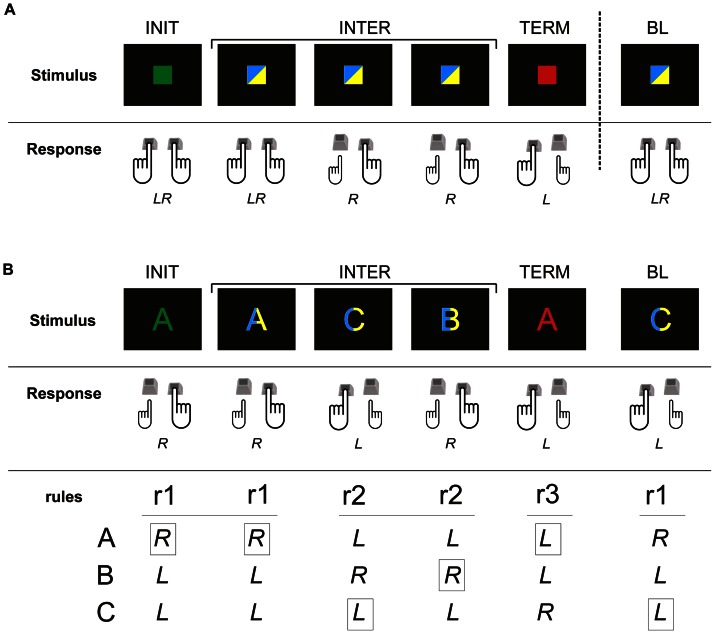Figure 2. Stimulus-response mapping in both tasks.
In both tasks, the green and red cues were instructive cues, indicating respectively the beginning (INIT cue) and the end (TERM cue) of a sequence. INTER and BL cues were either blue or yellow, and are shown as bicolour on this figure for the sake of simplicity. The motor response to those different cues was a flexion of either the right (R), left (L) or both (LR) index finger(s) performed by pressing, respectively, the left, right or both Ctrl key(s) on a computer keyboard. A. Stimulus-response mapping for the simple task (Experiment #1): the cues were squares and each of the cues was associated with a specific motor response (INIT: LR, first INTER: LR, second and third INTER: R, TERM: L and BL: LR). B. Stimulus-response mapping for the superordinate task (Experiment #2): in this task, the cues were letters (A, B or C). Each of the cues was no longer associated with a given motor response but with a given rule (r1, r2 or r3) (INIT: r1, first INTER: r1, second and third INTER: r2, TERM: r3 and BL: r1) and, for each rule, the letter determined the motor response to be executed. It explains both the association between the letters and the correct motor response for each rule, and the response to be chosen (indicated by the black rectangles) in the example depicted.

